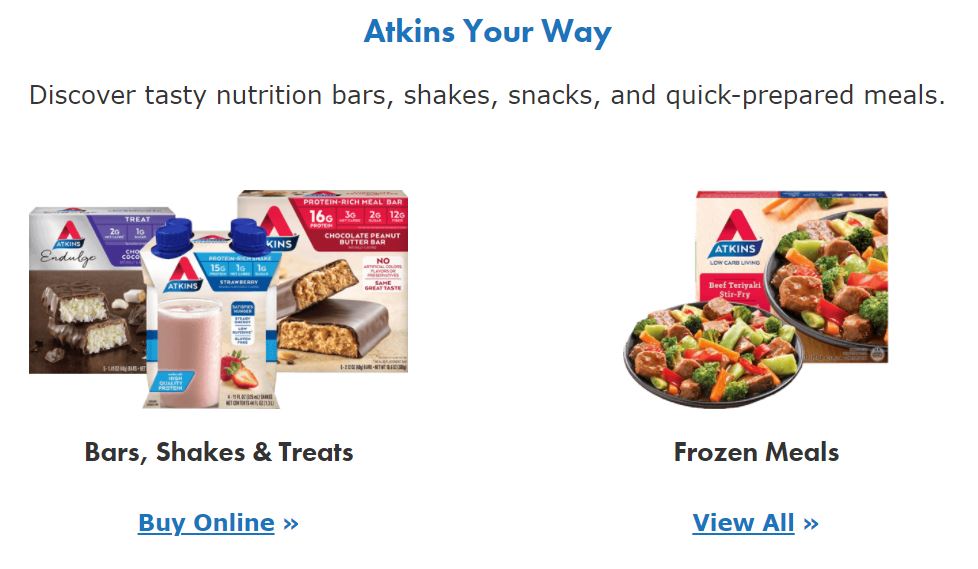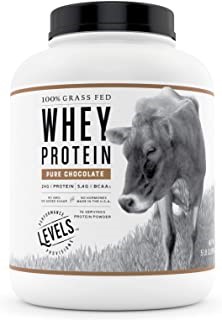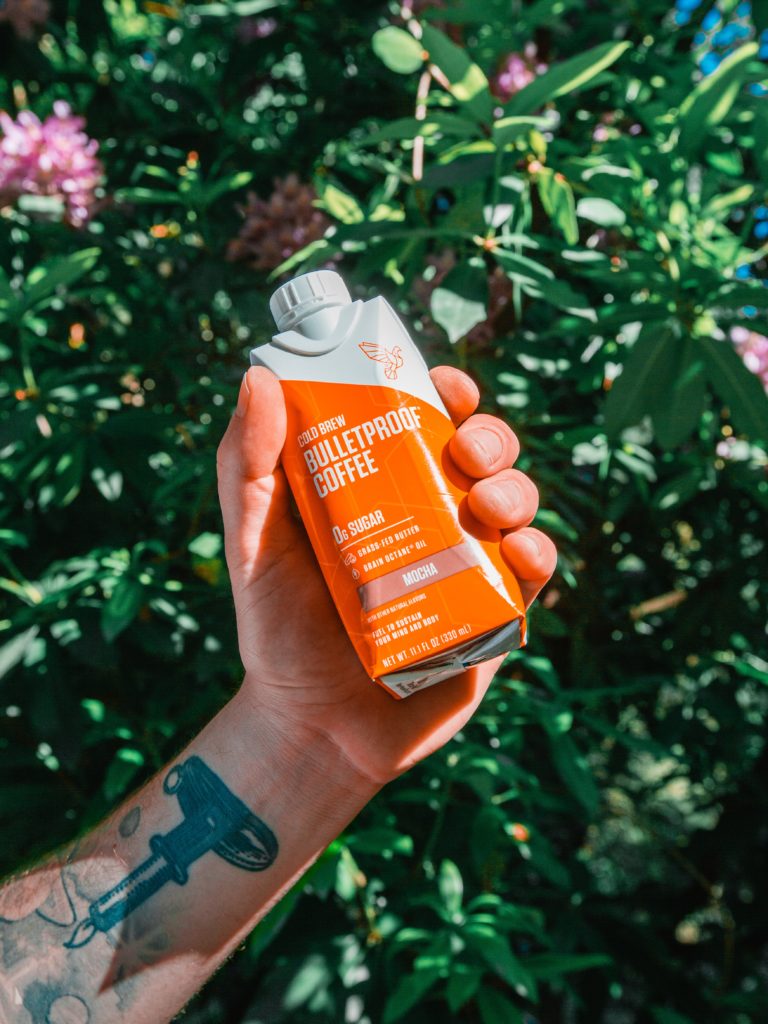When I started this article right before the outbreak of the coronavirus, research showed the following:
Though ecommerce sales of food and beverage products are projected to grow tenfold by 2025, this will only account for 15% to 20% of total purchases. That leaves 75% to 80% that will still need to sell through traditional retail.
How quickly things change. A colleague just told me about her 96-year-old mother, who for the first time, is using a tablet computer to order her groceries. The latest numbers show that this senior’s change in shopper behavior is not merely anecdotal.
As noted in Forbes, e-commerce was up 49% in April 2020 and online grocery shopping by 110%. Everyone is ordering online and becoming increasingly comfortable with this channel. According to CNBC, only 3% to 4% of grocery spending in the U.S. was done online before the pandemic. That number is already surging as much as 15%. Changes like this will no doubt intensify; think of how 9/11 transformed passenger security and check-in procedures.
And e-commerce channels are multiplying. In fact, CNN reports that apps including Shipt and Walmart’s Instacart saw rising levels of grocery sales, all more than double compared to the year before. Even when life goes back to normal, e-commerce shopping – particularly for food – will have established itself as part of the “new norm.”
Shipt, in particular, transforms the online shopping experience. Unlike some apps, consumers are not tied to just one store. Each is assigned a personal shopper who uses their informed judgement to select the best quality at the best prices. So, users enjoy a personalized touch and at-home delivery service from a digital app.
For package designers, the surge in e-commerce means they need to become conversant in this channel, where display is often shrunk to the size of a postage stamp. Even more important, when a personal shopper is involved, consumer brand preference can be overwritten by a lower priced item. That means brand loyalty is up for grabs.
Brands who have succeeded at e-commerce and its special requirements have more to teach us than ever. Here are a couple that found success long before anyone heard of coronavirus.
Atkins® Goes Omnichannel
The Atkins brand, part of The Simply Good Foods Company, is a leading low-carb lifestyle portfolio of products including nutritional bars, ready-to-drink shakes, frozen meals, and confectionary treats to support a healthy lifestyle. Their packaged meals have garnered a loyal following going back decades. As such, they are established in brick-and-mortar retail – and are now becoming an e-commerce powerhouse. The Atkins brand is so well known, consumers can find it whether they shop in store or online. This is because Atkins takes a customer-first, omnichannel approach.

Screenshot – Atkins.com
How do these channels integrate? Typically, shoppers see a product in store, and they go online to buy it in bulk. So, it’s important to develop packages to accommodate this. One advantage e-commerce offers is the auto-subscription model. It enables Atkins’ consumers who are following a low-carb lifestyle to get their snacks regularly every month.
Atkins is also using e-commerce to entice shoppers to sample products they haven’t tried before. The brand has designed samplers that give online shoppers a chance to try out their bars and shakes.
Atkins’ products have a significant presence on Amazon. Their success was recently cemented with the 2019 acquisition of Quest Nutrition. The pairing of Simply Good Foods’ Atkins brand and the Quest brand unites well-established companies with growth profiles. The result is a leading nutritional snacking entity with combined estimated annual net sales of nearly $900 million.
Levels® Whey Protein — Redesigning a Brand for E-Commerce
When you are a legacy brand like Atkins, everyone knows your name. But let’s say you’re a startup and your entire sales strategy is e-commerce only. How do you make a name for yourself — and gain traction with online shoppers?
Levels® Grass-Fed Whey had been in business for a year but was having trouble gaining traction. They tested the product out in a cereal style box with zip-lock bag that featured a clip-art style image of a cow. The reason the product came in a box, rather than the traditional canister, was that this shape served to differentiate the product.
Through e-commerce testing, the brand owner discovered that consumers have greater familiarity with the traditional large plastic canister. They perceive that it keeps the product fresher. So, Levels decided to ditch the cereal box and bag in favor of the standard canister packaging. Sometimes, simply having a disruptive package isn’t enough.
Levels needed to communicate what was unique about this brand of whey protein. The product offers some real advantages that appeal to the Millennial sports and health enthusiasts that buy this type of protein. It is 100% grass-fed whey protein. It has no GMO’s and no hormones. Because of these traits, it fits the desire for more authentic, natural products.
Levels began by designing a new logo and packaging. Placing the new logo below the product name on the canister was a deliberate decision. More important to the consumer is the “100% Grass Fed Whey Protein” and a new image of a Jersey cow.
The image, rather than slick foil on black, like much of the category, is hand-drawn with a raw graphite finish, much closer to the earth rather than the machine. The design palette is white and features a stark, clean font. Finally, the words “Performance and Provisions” added to the logo offer a new, authentic feel that ties back into the core of the brand positioning.
This new design also helped solve a second key challenge: how to stand out on an e-commerce page. Enter “whey protein” in an Amazon search and you’ll see how its pure, almost minimalist design differs from most of the other offerings, which are very similar to other bodybuilder products.
Apparently, consumers agree. In just the first 12 months, Levels Provisions amassed millions in first-year sales. It’s been so successful, other leading e-commerce retailers are banging on the digital door.
No. 1 on Shopify — With a Bullet!
Proof of food brands’ popularity on e-commerce can be seen in Shopify’s published list of its 37 biggest brands. In the No. 1 position is Bulletproof®, a line of heathy performance food and drink supplements including proteins, bars, butters, and coffee. In addition to Hummingbird Bakery and Red Bull, these three are the only food and beverage brands currently on the list.
How did Bulletproof make it to the top spot? The packaging certainly contributed. The bright orange color is a signature across all SKUs. Type is bold and easy to read in an online environment. Much like Levels, this brand competes well against the overwhelming brown that marks the category.
All indicators show that e-commerce will continue at a fast pace — giving brick-and-mortar retail a fight for the future. The brands that succeed in telling a compelling visual story in this ever more crowded space will reap the rewards.
To meet the design team at FORCEpkg, visit forcepkg.com.



 Tom Newmaster
Tom Newmaster




















